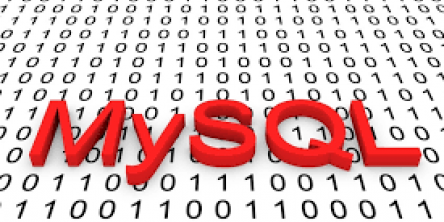The Adoption of Face Scanning as a form of Identity Authentication

As the world comes to better understand the limitations of conventional password and PIN-based account security and moves towards modern identity authentication methods using biometrics, more and more companies are adopting facial verification for these purposes.
Surprisingly enough, the benefit that this tech provides is different and unique for each different space in which it is implemented. Similarly, the slow rate of adoption in other spaces is also due to unique potential problems that this tech would create.
Let’s talk about the adoption of face scanning and recognition in different industries and domains, and what are the factors either promoting or hampering its application.
How does Face Scanning Work?
To understand the reasons that a space would either like to or not like to implement this form of biometric authentication for security, it is first essential to understand the mechanism of its working in the first place.
For face identity authentication, a camera takes a high-resolution image or video as input. The system first detects and discerns the location of the face inside of the image. It does this by recognizing basic facial characteristics like the eyes, nose, mouth, and so on. The system can do this through an advanced process of machine learning where a neural network is trained on large sets of facial data where the features have been clearly marked.
Next, the system analyzes and extracts the specific landmarks contained inside the face, like the distance between the eyes, the shape of the jaw, and so on. It then uses this facial landmark data to create a digital template of the face by representing each feature as numerical data. In this way, the system gets a digital version of your face that it can better understand, work with, and compare.
The system then compares and matches the digital template with either a database of faces or a local set of similarly created and saved templates. Depending on whether or not a match is found, the system performs the further required action.
Adoption or Lack Thereof in Different Sectors
Now, let’s talk about individual industries where this technology is either adopted, or not being adopted, and the reasons for each.
Security and Law Enforcement
The use of face identity verification is possibly the most famous in the domain of law enforcement and security, and it is the space where this tech was possibly adopted the quickest.
The main application of this technology in the law enforcement world is for the use of surveillance of people in public spaces, the identification of suspects in a criminal case, and for better and more effective control in security checkpoints and borders.
The main reason for the quick adoption of this technology in this domain is that all of these procedures are enhanced and made faster through the use of facial recognition. Face scanning technology has a high level of accuracy, is very efficient and speedy at identifying individuals in crowds, and can enhance an already existing security system.
Finance and Banking
Another industry where this technology was adopted as an identity verification tool very quickly was banks and other financial services and institutions.
In the banking and finance world, facial recognition is mainly used for better and more effective customer identity verification during onboarding procedures, as a security check during transactions and other financial activities, and as a secure method of accessing a bank account for users.
The reason for its high adoption in this sector is that these systems are effectively able to enhance the systems' security by reducing chances of identity theft and fraud and making conventional banking procedures much faster and more convenient for account holders.
Workplaces
Now let’s talk about a space where the adoption of this tool has been quite slow and limited. For the majority of workplaces and offices, basic tools like fingerprint scanning are still the main form of authentication used.
The major reason for the slow adoption of this technology as their main authentication mechanism is the major privacy concerns that form from them, the potential for (and especially employee perception of the potential of) misuse by employers of such data, and the concern about how secure such data would be on a local server.
Public Spaces
While some countries have adopted facial recognition for the monitoring of public spaces, the overwhelming majority of countries across the world still do not use this technology in their cities.
The major reasons for this hesitation is the negative public perception regarding government surveillance of the public, including the privacy concerns and other ethical issues that might stem from them, and the potential for such governments to use this data for authoritative purposes.
Closing Thoughts
While no one would deny that face verification as a form of authentication is much better than more conventional methods, as with any other technology, there are concerns that form, and need to be addressed, to see more widespread public use and adoption of this technology.
Similar Articles
Should you choose on-premises or cloud storage? That’s a question a lot of people have, for many different reasons. The idea of storing data on-site might sound appealing, but it also has its fair share of challenges. The main focus is, as always, to find the type of data storage that fits your needs.
In today's fast-paced and data-driven business world, efficient and secure database management is essential for organizations of all sizes. However, managing databases can be a complex and time-consuming task that requires specialized skills and expertise.
Do you know what Data Cleansing is and how it works? I'll explain all these things in this article.
Most major organizations and startup businesses in this era have moved to digital applications. This is not just a trend or craze but rather a shift from the use of traditional data management software and moving to digital software to keep your data software.
Is your blog in light of the notable open source content management platfom called WordPress? There's a straight chance you are running WordPress in reality
MySQL is one of the most popular database platforms for businesses. It is extremely easy to utilize. It is generally used with PHP. You probably have heard that MySQL is easy to work and good relation to other computer languages, but it is a simple language.






